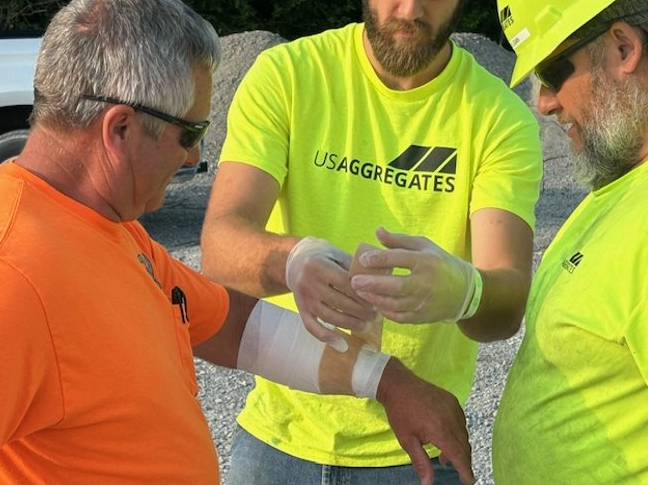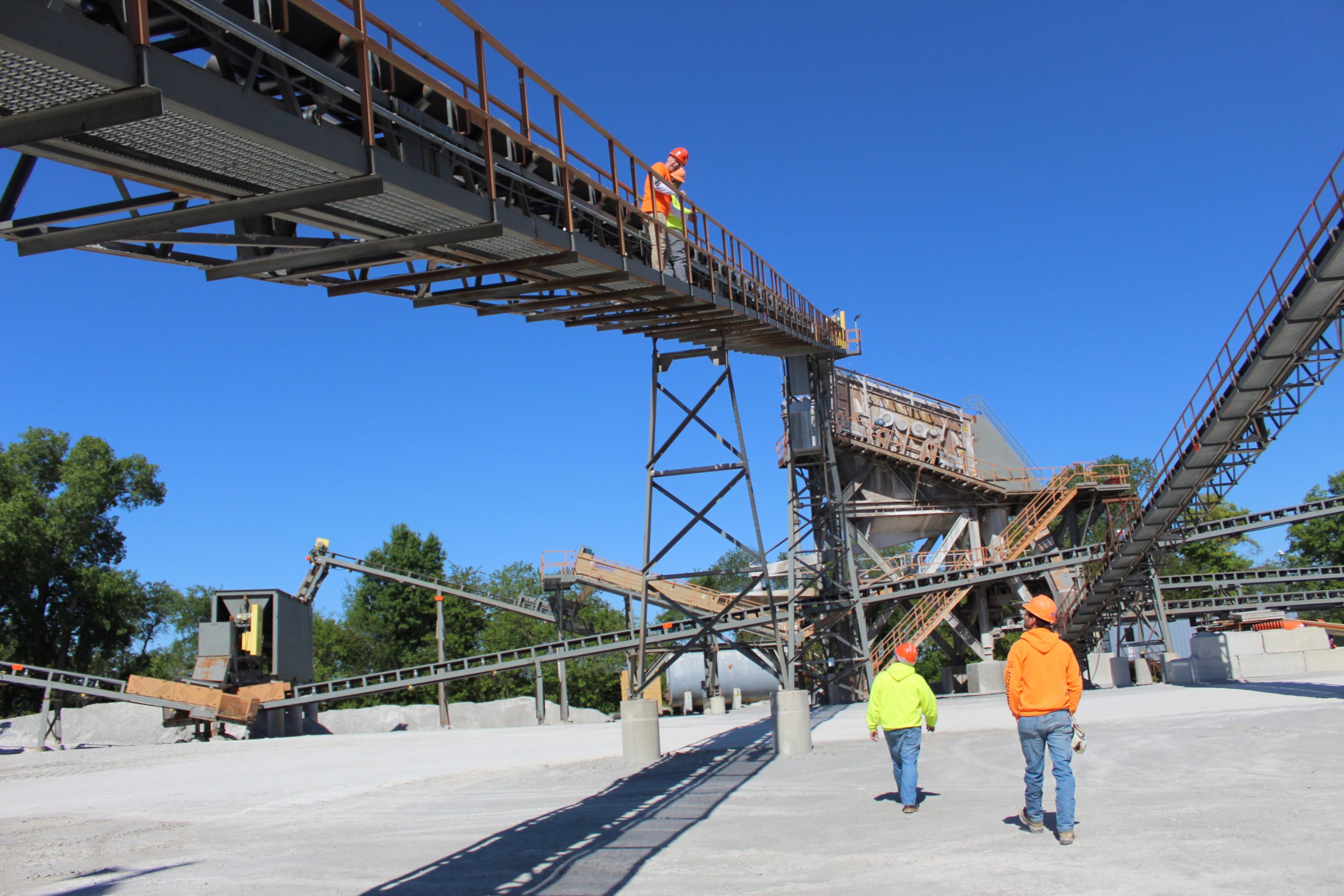
A strong structural foundation is one of the most critical elements of any construction project. When building on an unsolid foundation, cracks are inevitable, leading to potential damage within the structure or road. Director of Quality Control Eric Woodings further emphasized the importance of aggregates in any strong foundation. “If you don’t have a stable base, you might as well build on a sponge,” Eric said. “Whether it be a highway or a building, aggregates are a primary component of the material used to build on what you’re building.”
When selecting aggregates for a project, it is important to conduct research on the individual properties of each product. “Anybody producing aggregates must have a good understanding of the physical qualities of their aggregates, because the physical quality will have an effect on the final product,” Eric said. Before selection, researchers must test the rock’s durability, soundness, and volumetric characteristics.
Durability indicates the strength of an aggregate and whether it can withstand transportation to the job site and being a part of the final product. The standard method for durability testing is done with the “Los Angeles Abrasion” test (AASHTO T99). During the test, a rock sample is placed inside of a steel drum along with steel balls. The drum spins 500 revolutions, causing the steel balls to crush the aggregate. The amount of aggregate breakdown determines its suitability or durability for use in construction projects. Whether it be under a road carrying the weight of traffic or on the ground floor holding up a house, it is essential to know if these aggregates will be able to support the structure.
Determining soundness is especially important in Midwestern states due to the constant change in temperatures during winter months. When liquid enters an aggregate, the freezing and thawing process causes moisture to expand, breaking down the rock at an accelerated rate. While there are many freeze-thaw susceptibility tests, the main test used in Indiana is AASHTO T-103, “Soundness of Aggregates by Freezing and Thawing”. This test is conducted by submerging an aggregate sample into water and conducting fifty freeze and thaw cycles. A high-quality aggregate does a better job of resisting the effects of constant freeze thaw cycles.
Volumetric properties, such as specific gravity and absorption, are crucial components of determining the quality of an aggregate. Absorption tests look at the amount of liquid an aggregate will soak up and retain. To find this percentage, researchers will take the weight of a dry aggregate, and then re-weigh the sample after soaking it in water for a set amount of time. Absorption data is critical for determining the amount of cementitious materials needed in both hot mix asphalt and concrete pavements. Similarly, specific gravity is the weight difference between a volume of water compared to an equal volume of aggregate. When making aggregate blends for both concrete and asphalt mix designs, specific gravity helps determine what products and volumes are needed. Knowing the specific gravity provides projects the opportunity to customize an aggregate blend for any specific location or condition on the work site.
While there are different levels of aggregate quality, creating a customized aggregate blend for each project will help create the strongest and most sustainable foundation. Additionally, sourcing local aggregates allows for more personal customer experiences and lowers transportation costs. US Aggregates is one of the leading providers of aggregates across the Midwest. If you are interested in learning more about our foundational materials, visit our products page.
Madeline Freeman and Eric Woodings contributed to this article




